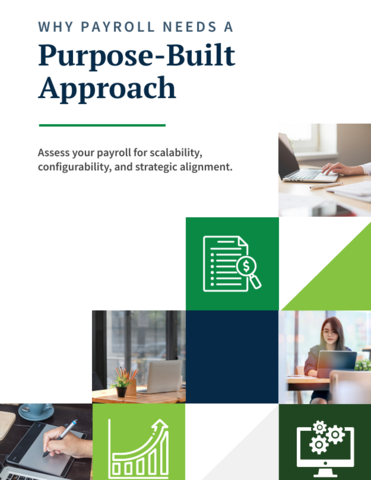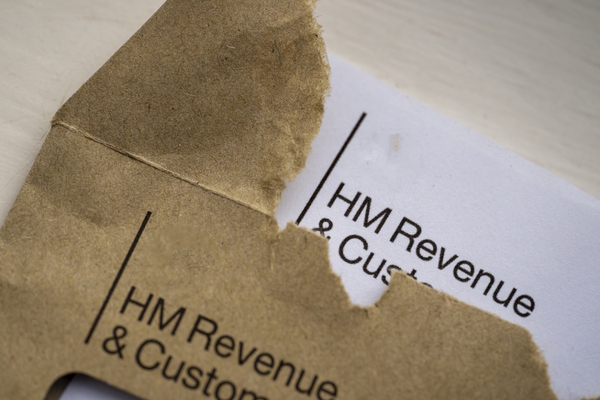BNPL regulation moves forward — but is it enough?

Eddie Flanagan at Shakespeare Martineau reviews the ways that the Buy Now Pay Later (BNPL) market is being regulated as part of the UK’s Financial Services and Markets Act
The Buy Now Pay Later (BNPL) sector has evolved at breakneck speed in recent years, from a fintech feature to a mainstream form of Consumer Credit. However, despite its rapid adoption, particularly among younger consumers, the sector has operated largely outside of traditional regulation. However, given the concerns voiced by various government and Consumer body stakeholders, that is now beginning to change.
In May 2025, the UK government laid out plans to bring BNPL under formal regulation through an Amendment Order to the Financial Services and Markets Act. The proposals represent a clear attempt to close the regulatory gap, and bring BNPL products in line with other forms of credit.
For the industry and its consumers, this could mark a long-awaited turning point. But while the direction of travel is welcome, there is still much to be resolved.
The shape of the proposed rules
At the heart of the government’s proposal are several key consumer protections. BNPL firms will be required to conduct affordability checks before offering credit, a move designed to ensure that borrowers are not taking on more debt than they can reasonably manage. (Will AI be used to facilitate such assessments?) In addition, consumers will gain the right to escalate complaints to the Financial Ombudsman, something not currently available for most BNPL arrangements.
The legislation also promises stronger refund mechanisms. In cases where purchases go wrong — whether through faulty goods, delivery issues or cancellations — consumers must be able to access timely, transparent refunds. Lastly, the new rules would place greater emphasis on clear communication, requiring firms to provide full visibility of repayment terms, potential late fees, and the overall cost of credit. There are echoes here of the recently established Consumer Duty.
If passed, these measures will bring BNPL more closely in line with regulated credit products such as credit cards and personal loans, and the government hopes to see them take effect in 2026.
A necessary intervention
For years, BNPL has grown in popularity in large part because it existed in a regulatory grey area. By offering short-term, interest-free instalments, providers avoided falling under the scope of existing consumer credit rules. Providers harnessed the use of exemptions set out in the Regulated Activities Order (“The RAO”). This allowed them to innovate quickly, but also left consumers exposed.
Many users have taken on multiple BNPL agreements at once, often without fully understanding the cumulative impact on their finances. With no requirement for credit checks and limited means of recourse when things go wrong, concerns have grown that the model risks encouraging over-borrowing, particularly among vulnerable consumers already facing a cost-of-living squeeze.
The government’s proposed legislation reflects a growing consensus: that BNPL has outgrown its startup roots and must now be treated like the significant financial service it has become. A worrying example of the creep in terms of use was BNPL being used for take-away meals.
What the proposal gets right
There are clear strengths in the current proposals. Mandating affordability checks is an essential first step in protecting consumers and ensuring BNPL isn’t simply a way of deferring financial pressure from one month to the next, or what is known as stacking. Similarly, giving consumers access to the Financial Ombudsman provides a long-overdue route for resolving complaints fairly and independently. That could, however, have a considerable financial cost for providers. How can this be made fairer to all sides?
Improved refund processes and greater transparency around repayment terms are also sensible changes. These will benefit not only consumers but also the wider industry, reducing disputes and enhancing trust in the BNPL model. In many ways, the proposed rules reflect the core principles of the Financial Conduct Authority’s Consumer Duty, including the need to prevent foreseeable harm and support informed decision-making.
Where the gaps remain
While the proposals represent progress, they are not without limitations.
One notable omission is how the government plans to address cumulative borrowing across multiple BNPL providers. A consumer may pass an affordability check with one provider, but still be heavily committed elsewhere. Without a joined-up view of total exposure, the risk of over-indebtedness remains.
There is also uncertainty around how these rules will be enforced. The proposals outline what providers must do, but say little about how compliance will be monitored in practice. It remains to be seen whether the Financial Conduct Authority will be given the necessary resources and authority to audit, intervene and sanction where needed.
In addition, there are concerns about the impact of the changes on smaller fintech firms. While established players may already be preparing for regulation, newer entrants could find the cost of compliance prohibitive. This raises the prospect of market consolidation, where only the best-funded providers survive, potentially reducing innovation and consumer choice. However, the need for increased regulatory oversight may, as a consequence, require the removal of smaller, less sophisticated providers.
What it means for the industry
For BNPL providers, these changes will require significant operational and cultural shifts. Affordability assessments, complaint-handling protocols, and revised customer communications will all need to be implemented — and quickly. Teams will need training, technology may need to be reconfigured, and marketing approaches revisited.
Debt collection professionals should also prepare for increased scrutiny. With clearer rules around how BNPL debt is structured and disclosed, enforcement agencies will need to ensure their practices align with both the letter and the spirit of the new regulation, particularly when dealing with financially vulnerable customers.
Next steps for businesses and legal teams
Although the rules are not yet final, the momentum is clear. Businesses with any involvement in BNPL, whether directly offering it, partnering with providers, or advising on compliance, should begin preparing now.
This means reviewing affordability processes, complaint escalation procedures, and consumer-facing materials. It also means keeping a close eye on Parliamentary updates and engaging early with legal and compliance teams to map out potential changes. Waiting until 2026 could leave businesses scrambling to catch up — and exposed to regulatory or reputational risk.
A sector at a crossroads
The regulation of BNPL is a welcome and necessary development, offering much-needed protections for consumers and greater certainty for providers. But as is always the case, success will depend on execution.
The challenge for Government and policymakers is to strike the right balance — one that reins in harmful practices without stifling innovation. Done well, regulation can strengthen the market, build consumer trust, and encourage sustainable growth. Done poorly, it could entrench the dominance of a few major players and limit access to flexible financial tools for those who use them responsibly.
What’s clear is that the days of BNPL existing outside the regulatory spotlight are numbered. The industry now faces a critical moment of transition; how it responds will define its future.
Eddie Flanagan is a Partner at Shakespeare Martineau
Main image courtesy of iStockPhoto.com and Khaosai Wongnatthakan

Business Reporter Team
You may also like
Most Viewed
Winston House, 3rd Floor, Units 306-309, 2-4 Dollis Park, London, N3 1HF
23-29 Hendon Lane, London, N3 1RT
020 8349 4363
© 2025, Lyonsdown Limited. Business Reporter® is a registered trademark of Lyonsdown Ltd. VAT registration number: 830519543





